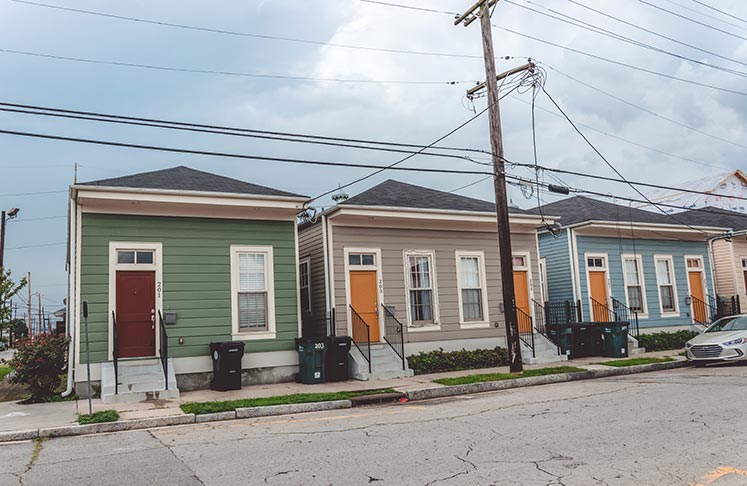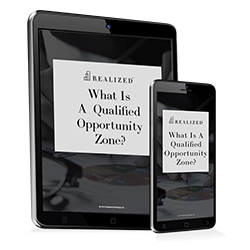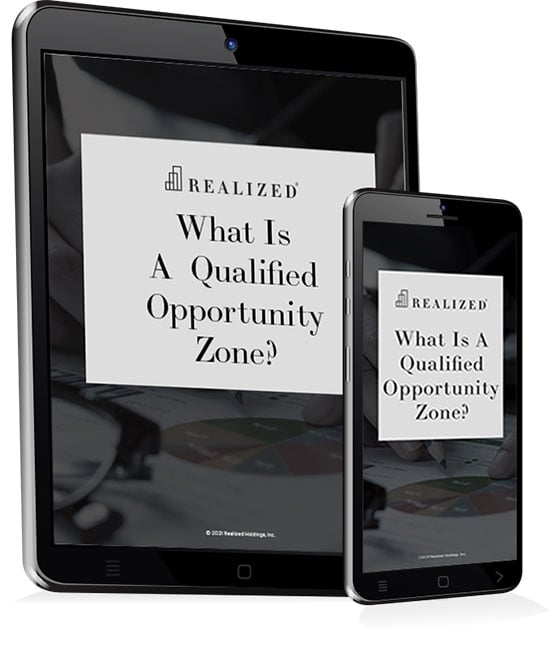
Opportunity Zones were created as part of the Tax Cut and Jobs Act of 2017.
The economic development program was designed to spur development and job creation in distressed areas across the nation that typically see little investor interest and even less investment capital.
As a result, thousands of low-income communities in all 50 states, as well as the District of Columbia, were designated as Qualified Opportunity Zones. Each state’s governor was responsible for designating certain low-income communities, and these areas were eventually certified by the U.S. Department of the Treasury. In all, 8,764 economically distressed communities received the Opportunity Zone designation.
Opportunity Zones aren’t limited to a city’s run-down industrial areas or older commercial centers. In hundreds of cities across the country, Opportunity Zones exist throughout the city core and in nearby rural areas. These census tracts include countless residential neighborhoods where millions of people live.
Living in an Opportunity Zone
Disneyland in Anaheim is one of the most-visited tourist attractions in Southern California. The theme park draws millions of tourists annually, so it may not be associated with a low-income Opportunity Zone. Yet a huge swath of Anaheim’s older neighborhoods directly across from the park’s main entrance, as well as some directly behind the park, are federally designated Opportunity Zones. These areas include both single-family residential units and multifamily apartment complexes that are home to thousands of Southern Californians.
In the State of New York, there are 514 federally approved census tracts designated as Opportunity Zones. These low-income areas have a poverty rate that’s at least 20 percent, with a median family income that’s less than 80 percent of the median for the entire area.1 Seventeen Opportunity Zones exist in the City of Buffalo and encompass 16 square miles, or 32 percent of the city’s total area. More than 258,500 people live in these economically distressed neighborhoods.2 In vast New York City, meanwhile, the Borough of Manhattan – home to Wall Street, the world’s principal financial center – has a total of 35 Opportunity Zones.
These are but two examples, but they highlight the vast number of residents living in Opportunity Zones across the country. According to the bipartisan public policy organization Economic Innovation Group, there are 31.5 million people living in Opportunity Zones in the U.S. and Puerto Rico.3 More than 7.5 million Americans who live in Opportunity Zones live in poverty, and more than half the residences in these areas were built more than 50 years ago.
Putting it all Together
Tens of millions of people live in Opportunity Zones. Investors, however, do not have to reside in these communities to make investments in Qualified Opportunity Funds. Although you can purchase a home in an Opportunity Zone, the property must be held as an investment, and you must complete substantial improvements to the home within 30 months. You’ll also have to hold the property for a minimum of five years to exclude a portion of deferred capital gains, or ten years to fully exclude any appreciation realized from your QOF investment.
1Opportunity Zone Program, New York State, https://esd.ny.gov/opportunity-zones
2Equal Opportunity Zones, City of Buffalo, https://www.buffalony.gov/DocumentCenter/View/6283/City-of-Buffalo---Equal-Opportunity-Zones
3Facts & Figures, Economic Innovation Group, https://eig.org/opportunity-zones/facts-figures/
This material is for general information and educational purposes only. Information is based on data gathered from what we believe are reliable sources. It is not guaranteed as to accuracy, does not purport to be complete and is not intended to be used as a primary basis for investment decisions. It should also not be construed as advice meeting the particular investment needs of any investor.
Realized does not provide tax or legal advice. This material is not a substitute for seeking the advice of a qualified professional for your individual situation.



